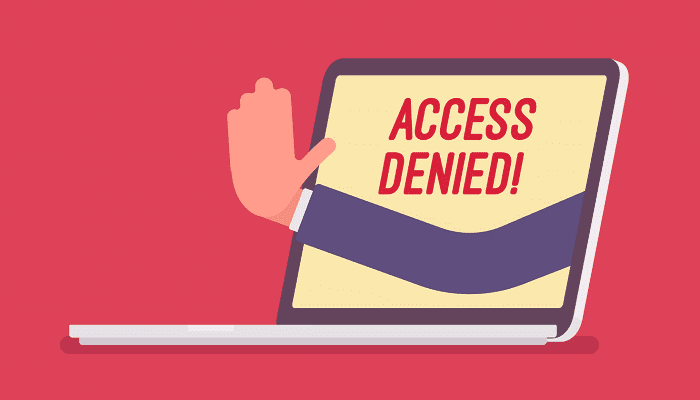Best ways to bypass internet censorship
Internet censorship is a form of restriction in which a government, institution, or internet service provider blocks internet users from accessing some sites on the open web. Censorship can stop an entire website, some web pages, or content based on the keywords that it contains. There, however, are tools that you can use to beat censorship. Some of these tools will protect you from surveillance; others will not. Let’s look at the process of censorship and then navigate through the best internet censorship circumvention tools.
How does internet censorship happen?
Internet censorship is aided by surveillance.
Here is a simple explanation of how you are denied access. Censorship administrators rely on surveillance to see where you are going with your internet search. If your search falls under the ‘unacceptable’ category, then your activity is blocked.

6 ways to bypass internet censorship
Use a virtual private network (VPN)
This is one of the best ways to beat censorship. All your internet traffic is redirected to the VPN’s server of choice by connecting to a VPN. For instance, you are connected to a server in Ireland. All your traffic will emerge as if you are browsing the internet from Ireland and not your actual geographical location. All incoming traffic will also be sent through the server in Ireland and then channeled to you. This virtual relocation is easy with a great VPN for Pakistan IP. It masks your actual IP address and allows you to access content blocked within your geographical region.
Setting up a custom DNS server
Some internet service providers change their DNS servers to redirect requests to access blocked web pages to another website to implement filtering. You can circumvent this restriction by setting up a custom DNS server on your computer. The customized DNS server will bypass the default DNS address set up by the institution in charge of the network. This may not work as effectively as a VPN, but it is worth trying. You can try out the different varieties of DNS services from OpenDNS and Google.
Use Google translate
Using Google translate is a non-technical way of getting around content restrictions. While on the Google translate homepage, paste the URL of the blocked site on the box that appears on the left side. Next, click on the hyperlink on the box that’s on the right side. The secret here is changing the source language into a different language even if it is not in that language. It will not work if the source and output languages are the same. Put something like French to English. Kindly note that this hack allows you to access restricted content but does not protect your privacy.
Use the Tor browser
You can also browse anonymously using the tor browser. Short for the onion router, Tor routes a user’s web browsing activity over an encrypted network before channeling it to the intended endpoint. This routing beats censorship and allows you to access even blocked content over any internet connection. Your internet service provider may preclude you from accessing the Tor browser download though you can still circumvent this using a VPN. It is advisable to use the tor browser side by side with a VPN; this offers an additional security layer and helps you beat bandwidth throttling.
Use the site’s IP address.
Many censorship programs block domain names, keywords, and URLs. The good news is that you can still access these web pages if you know their underlying IP addresses. By simply entering this address directly into a browser, you will view the blocked site’s content. Again, note that using a site’s IP address only helps you circumvent restrictions and not surveillance.
Use a proxy server
Like DNS servers, proxy servers are not a match to VPNs, although they can help you get around content filtering at the workplace. There are a variety of web-based proxies for anonymous browsing. Most of these do not require any changes to your device’s settings. You can customize your browser setting only to use a proxy server on the blocked websitess. Please note that some browsers do not allow the use of proxies.
Conclusion
The best tool to circumvent internet censorship depends on your security and privacy plans. Our most preferred method is using a virtual private network. This is the only tool that enables you to beat censorship and surveillance. You can, therefore, rest assured that your online identity is anonymous and secure. While the other devices may allow you to win the restrictions, the organization or government authority in charge of censorship may still notice that you are using the circumvention tool.




